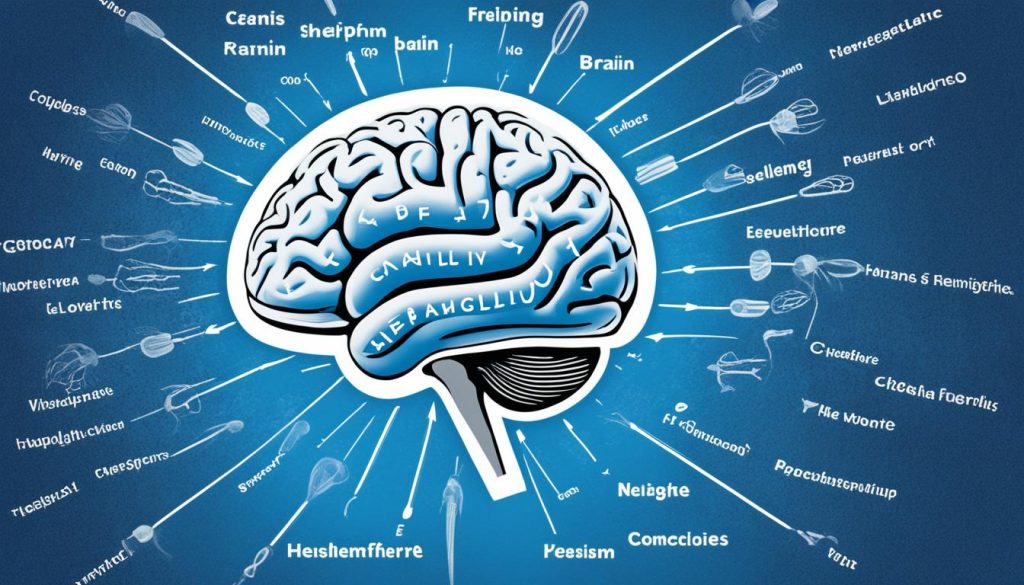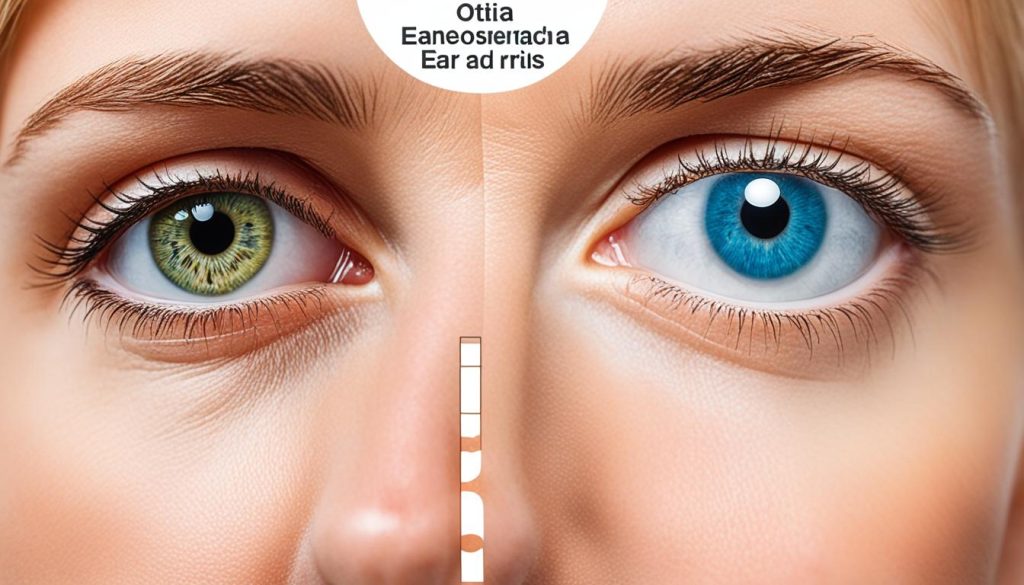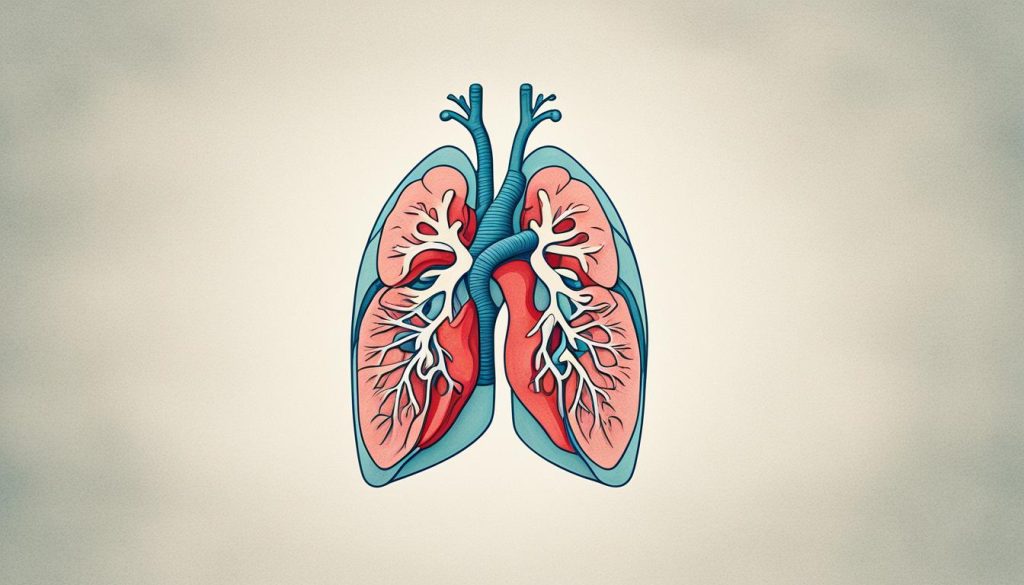The left side of the body is home to several important organs that contribute to various bodily functions. Understanding the anatomy of these organs is crucial for maintaining overall health and well-being. Let’s explore the organs located on the left side of the body, their functions, and their placement within the body.
What Organs Are on the Left Side of the Body?
Starting with the brain, the left hemisphere plays a vital role in our ability to form words and engage in language-related activities. The left eye and ear are responsible for vision and hearing, respectively, allowing us to perceive and interact with the world around us.
Moving down to the chest cavity, we find the left lung and heart. The lungs facilitate breathing by taking in oxygen and expelling carbon dioxide, while the heart pumps oxygenated blood to different parts of the body, ensuring proper circulation.
Continuing our exploration, the left side of the abdomen houses a variety of organs, including the adrenal gland, spleen, kidney, stomach, pancreas, liver, transverse colon, descending colon, and reproductive organs. These organs play crucial roles in hormone regulation, immune system support, digestion, waste elimination, and reproductive functions.
Understanding the placement and functions of the left side organs enhances our knowledge of the human body and empowers us to take better care of our health. Stay tuned as we delve deeper into each organ and its unique contributions to our well-being.
The Brain’s Left Hemisphere
The brain is a fascinating organ that plays a central role in our daily functioning. It is divided into two hemispheres: the left hemisphere and the right hemisphere. Each hemisphere controls different functions and works in harmony to ensure optimal brain function.
The left hemisphere of the brain is responsible for various essential cognitive processes. One of its primary functions is language processing, including the ability to form words and understand language. It houses important language centers, such as Broca’s area and Wernicke’s area, which are crucial for speech production and comprehension.
Additionally, the left hemisphere is involved in logical reasoning, analytical thinking, and mathematical abilities. It enables us to solve problems, make calculations, and organize information in a structured manner.
While the left hemisphere is dominant for language and analytical tasks, it is important to note that both hemispheres of the brain work together and contribute to overall brain function. Damage to one side of the brain can have significant consequences, affecting the opposite side of the body. Brain injuries or strokes that impact the left hemisphere can result in language impairments, known as aphasia, and difficulties with logical reasoning and problem-solving.

Understanding the intricacies of the left hemisphere of the brain enhances our knowledge of brain functions and helps us appreciate the remarkable capabilities of our cognitive system.
The Left Eye and Ear
The left side of the body is home to the left eye and ear. These organs play crucial roles in vision and hearing, allowing us to perceive and interact with the world around us.
Anatomy of the Eye
The eye is responsible for processing light from the surrounding environment and sending the information to the brain through the optic nerve. Let’s take a closer look at the anatomy of the eye:
- Sclera: The outer protective layer of the eye.
- Cornea: The transparent front part of the eyeball that helps focus light.
- Iris: The colored part of the eye that controls the size of the pupil.
- Pupil: The opening in the center of the iris that regulates the amount of light entering the eye.
- Lens: The transparent structure that focuses light onto the retina.
- Retina: The inner lining of the eye that contains light-sensitive cells called rods and cones.
- Optic Nerve: The nerve that carries visual information from the retina to the brain.

The anatomy of the eye is a complex and intricate system that allows us to see the world in all its beauty and detail.
Anatomy of the Ear
The ear is responsible for sound perception, allowing us to hear and appreciate music, conversations, and other auditory experiences. Let’s explore the anatomy of the ear:
- Outer Ear: Consists of the pinna and ear canal, which collect and funnel sound waves towards the middle ear.
- Middle Ear: Contains the eardrum and three small bones called the ossicles (hammer, anvil, and stirrup) that amplify sound vibrations.
- Inner Ear: Consists of the cochlea, which contains the organ of Corti, responsible for converting sound vibrations into electrical signals that the brain can interpret.
- Auditory Nerve: Carries the electrical signals from the organ of Corti to the brain for sound processing and interpretation.
The intricate anatomy of the ear allows us to perceive sound, appreciate music, and communicate with others in a meaningful way.
| Organ | Function |
|---|---|
| Eye | Processes light and sends information to the brain for visual perception |
| Ear | Senses vibrations in the air and helps distinguish pitch and volume, allowing for sound perception |
The Left Lung and Heart
Within the left side of the body, the left lung and heart are essential organs that contribute to our overall well-being. Let’s explore their anatomy and functions in more detail.

Anatomy of the Left Lung
The left lung consists of two lobes, while the right lung has three lobes. This structural difference allows room for the heart to sit on the left side of the body. The lungs play a crucial role in the respiratory system, allowing us to breathe.
The Role of the Heart in Circulation
The heart, a muscular organ, is responsible for pumping oxygenated blood throughout our body’s circulatory system. It supplies vital oxygen and nutrients to our tissues and organs, ensuring their proper functioning.
The heart consists of four chambers: the left and right atria, and the left and right ventricles. These chambers work together in a synchronized manner to circulate blood efficiently throughout our body.
Understanding Blood Pressure
Blood pressure is a measure of the force exerted by the blood against blood vessel walls as the heart pumps it. It is an important indicator of heart function and overall cardiovascular health. Normal blood pressure readings are typically around 120/80 or lower.
By maintaining a healthy lifestyle and regularly monitoring blood pressure, we can take proactive steps to protect the health of our heart and circulatory system.
Other Internal Organs on the Left Side
The left side of the body is home to a multitude of important internal organs, each playing a crucial role in maintaining overall health and well-being. These organs include the adrenal gland, spleen, kidney, stomach, pancreas, liver, transverse colon, descending colon, and reproductive organs.
The adrenal gland, located just above the kidney, plays a vital role in hormone regulation. It produces hormones such as cortisol, which helps the body respond to stress. The spleen, on the other hand, serves as a key component of the immune system, filtering out old and damaged red blood cells and producing white blood cells to fight off infections.
The kidney, a bean-shaped organ, is responsible for filtering waste products from the blood, regulating fluid and electrolyte balance, and producing urine. The stomach, pancreas, and liver work together to aid in the process of digestion and nutrient absorption. The transverse colon and descending colon, part of the large intestine, help in the absorption of water and electrolytes, as well as the elimination of waste materials through bowel movements.
Lastly, the reproductive organs, including the ovaries and uterus in females, and the testes in males, are present on the left side of the body. These organs play a pivotal role in the reproductive system, facilitating the production of eggs and sperm, and ultimately, the continuation of the human species.




